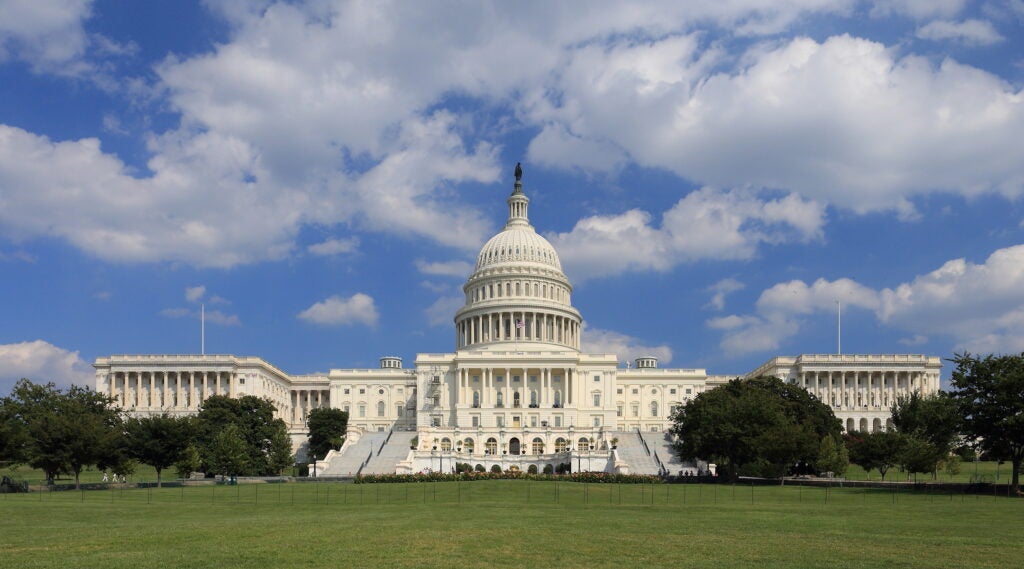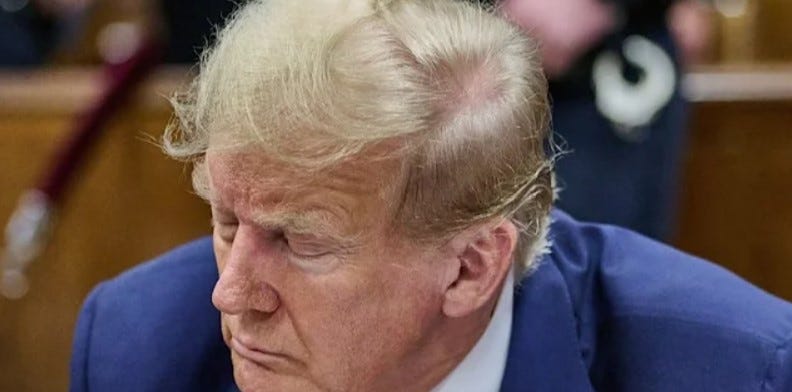“Young, attractive guy. Tough guy, you know. Strong past—very strong past. A fighter.”
That’s how Donald Trump described Ahmad al-Sharaa, the former jihadist who, since December 2024, has been Syria’s de facto leader, after their recent meeting. Syria’s new president, Trump said, has “got a real shot at pulling it together.”
A day earlier, during his visit to Riyadh, Saudi Arabia, Trump announced he would lift U.S. sanctions on Syria, igniting celebrations across the civil war-torn country. The Syrian pound immediately surged 25 percent against the dollar. Announcing the sanctions relief in front of an audience while Saudi Crown Prince Mohammed bin Salman listened gleefully, Trump added, “Oh, what I do for the crown prince.” The room erupted in a standing ovation. Trump’s comment laid bare what many suspected: This decision had less to do with Syria’s future than with pleasing America’s Gulf allies.
For Ahmad al-Sharaa, the moment is a turning point. In just six months, the former rebel commander has orchestrated the collapse of Bashar al-Assad’s regime and secured international legitimacy through a handshake with the American president. To his supporters, he is the man of great hope who liberated Syria from decades of tyranny and is shepherding its economic recovery.
But for all the optimism flooding Damascus, the jubilation should be intertwined with caution. Lifting sanctions was a necessary economic step for the suffering Syrians, but it must not become a blank check for the al-Sharaa regime. There are troubling signs that Syria is not heading for democracy, but for a rebranded autocracy. Al-Sharaa’s record as Syria’s leader suggests a dangerous consolidation of power, growing repression of minorities, and a drift toward Islamist authoritarianism under the guise of national renewal.
The first red flag came in March, when Sunni extremist militias massacred hundreds, if not thousands, of Alawi civilians. The militia violence was a reaction to attacks by remnants of Assad’s loyalist forces and was fueled by sectarian revenge. To be sure, the Sunnis’ sense of victimhood is understandable, having suffered immensely under the Assad regime. But this cannot excuse the recent bloodbath that unfolded with medieval brutality—families slaughtered in their homes, communities terrorized based on their sectarian identity. Al-Sharaa denied any involvement and announced that a committee would investigate. Two months later, that panel has yielded nothing of substance.
Tragically, reports of smaller attacks against Alawis have circulated since the carnage in March. The concern isn’t just that perpetrators remain free—it’s that U.S. sanctions relief might be interpreted as indifference. For jihadi groups, this could be perceived as a green light to escalate sectarian violence with impunity.
The danger extends beyond the Alawi community. Syria’s other minorities—Christians, Druze, and Kurds—are also increasingly under pressure. Al-Sharaa’s public statements champion unity and the rule of law. But his governing style suggests a return to strongman politics, echoing the Assad regime’s iron grip and centralization of power. Since December, Kurdish and Druze leaders have called for federal arrangements that would grant them autonomy within a unified Syrian state. Al-Sharaa has flatly rejected these proposals. Worse, in April, Syrian government forces launched assaults on Druze-majority areas near Damascus, killing 22 people before Israeli airstrikes halted the escalation. At the University of Aleppo, Druze students were driven from their dorms after facing threats and harassment from Sunni militants. Though tensions have cooled, minority communities remain on edge. Their calls for self-rule are being met not with dialogue, but with crackdowns.
Al-Sharaa insists that he wants to rebuild Syria as a state of law. In practice, he is entrenching executive power. One of his first moves after taking control was to issue a constitutional declaration granting sweeping powers to the presidency. Elections, he also announced, could be delayed for up to five years. This timetable conveniently gives the 42-year-old ample time to entrench his allies in key institutions, suppress opposition movements, and prevent the rise of independent political actors. Many fear that Syria’s post-Assad political order may end up looking like Assad’s—only with Sunni Islamists at the helm instead of the Alawi ruling elite.
That ideological shift is already visible in Syrian daily life. Under Assad, citizens were expected to stay out of politics but were largely left alone otherwise. Under al-Sharaa, personal freedoms are shrinking. Islamist militias aligned with the regime have begun enforcing religious norms in public spaces. In early May, gunmen stormed a Damascus nightclub, killing a young dancer. The message was clear: Secular lifestyles will no longer be tolerated.
If these trends continue, Syria’s descent into renewed autocracy will be more than a national tragedy—it will be the latest collapse of democratic hope in the Arab region. Tunisia, the birthplace of the Arab Spring in December 2010, seemed like the great exception and beacon of hope for a decade. But President Kais Saied staged a constitutional coup in 2021 and has since governed with little regard for democratic norms. Egypt ousted one autocrat in 2011, only to fall to another in 2013. Yemen and Libya are mired in civil war. Bahrain’s rebellion was snuffed out quickly and brutally. The Syrian people paid the highest price of all for their democratic aspirations. That they could be governed yet again by a strongman is a bitter, but familiar outcome.
What role should the United States play in Syria? Realistically, there are limits to American influence. Al-Sharaa’s ties to Saudi Arabia and Turkey give him powerful backers intent on shielding him from U.S. pressure, and Washington has long treated Syria as a peripheral figure. But the U.S. can send clear signals. If autocracy is returning to Damascus, Washington should not endorse it. At the very least, engagement with al-Sharaa should be conditional. Economic cooperation should depend on tangible improvements—minority self-rule, political pluralism, and independent investigations into atrocities committed during and after the civil war. If those benchmarks are not met, sanctions relief must remain reversible.
In truth, all that is unlikely under the current American administration. Trump’s foreign policy is famously transactional, driven less by strategic vision—let alone moral considerations—than by the pursuit of deals, applause, and personal relationships. In al-Sharaa, Trump sees a winner—a man who defeated Assad, enjoys regional backing, and commands the streets. But this image, while true, is incomplete. Al-Sharaa and his men did indeed topple a tyrant. But so did Iran’s Ayatollah Khomeini in 1979, only to establish an Islamist autocracy instead of a secular one. America should work with al-Sharaa, and Trump’s opening to him is not wrong, but the Syrian strongman must remain under international scrutiny.
The Syrian people deserve economic recovery. But they also deserve more than another autocrat concentrating power in Damascus, rejecting legitimate calls for federalism, and concentrating power with force and fear. Al-Sharaa will always be the man who ended Assad’s reign of terror. That is an honorable place to occupy in Syria’s history, but only if al-Sharaa doesn’t replace one dictatorship with another. On this crucial point, the jury is still out.










